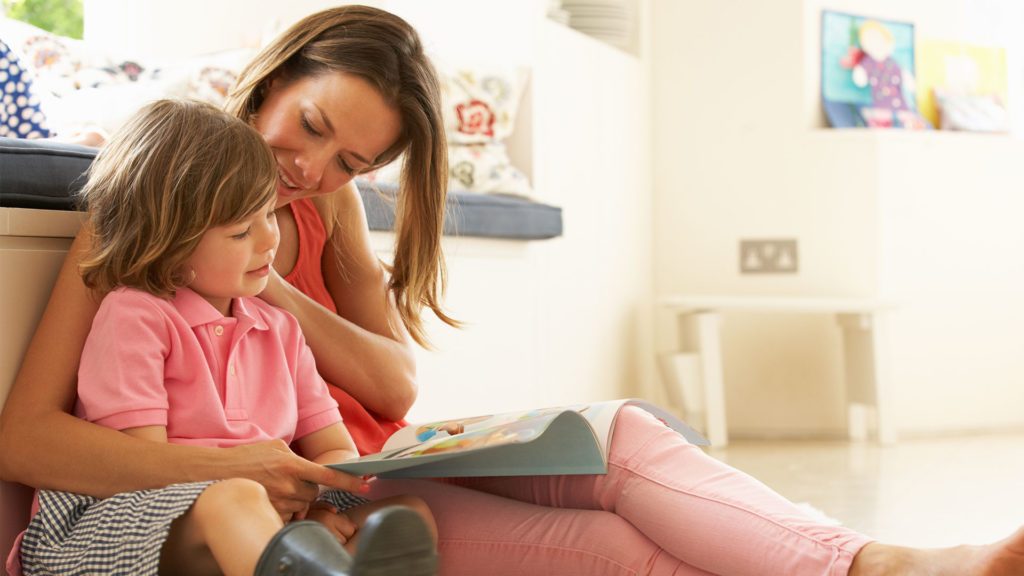Over the summer—even for homeschool families—learning gets a little stagnant. So when fall comes around, I focus on books. And when thinking about reading at my house, we’re not just reading for reading’s sake. Depending on age and interest, you can pick any kind of subject, and get books from second-hand stores, the library, or in book exchanges. You can sort through what you find, or look for something specific.
For example, kids and I love comparing different interpretations of the bible. We’ve found different stories that describe baby Jesus as having blond or dark hair, and we talk about how this can be. Or, maybe you’ll find a baby animal drawn in an illustration—what if a donkey is drawn with cloven feet? We’ll start a research project: “Do donkeys have feet like that?”
These learning tools can create a fact-checking exercise or a resource for almost any subject. If you read about someone doing something naughty, suddenly you have an ethics class. If you read about flowers, you have a horticulture class. We’ve done projects on biology, Martin Luther King, and South Dakota history. We’ve compared how kids live in different countries—how my grandkids run to meet their daddy when he comes home from work, and how African kids wait by the road for their daddies, too. We read about how they carry water from a well, and I tell stories about we didn’t have water inside our house, either.
Reading for little guys is so incredible, and your creativity can make it infectious. I always say: Readers will never be alone; they always have a book.



